Vietnam, a small S-shaped country, is not only famous for its natural beauty but also for preserving the heroic pages of its national history. With over 4000 years of nation-building and defense, the remaining historical sites are vivid proof of the patriotism, resilience, and peace-loving spirit of the Vietnamese people. Let’s explore the most famous historical sites, where time has settled and stories still resonate today.
Hung Temple – Phu Tho: Tracing Back to Ancestral Roots
“No matter where you go, remember the Ancestral Commemoration Day on the 10th of the third lunar month.” This familiar folk verse has deeply ingrained itself in the minds of every Vietnamese citizen, reminding them of the Hung Kings Commemoration Day, a day for descendants to remember their origins. Hung Temple, located on Nghia Linh Mountain, Phu Tho province, is an architectural complex of temples and pagodas dedicated to the Hung Kings – those who contributed to building the Van Lang nation.
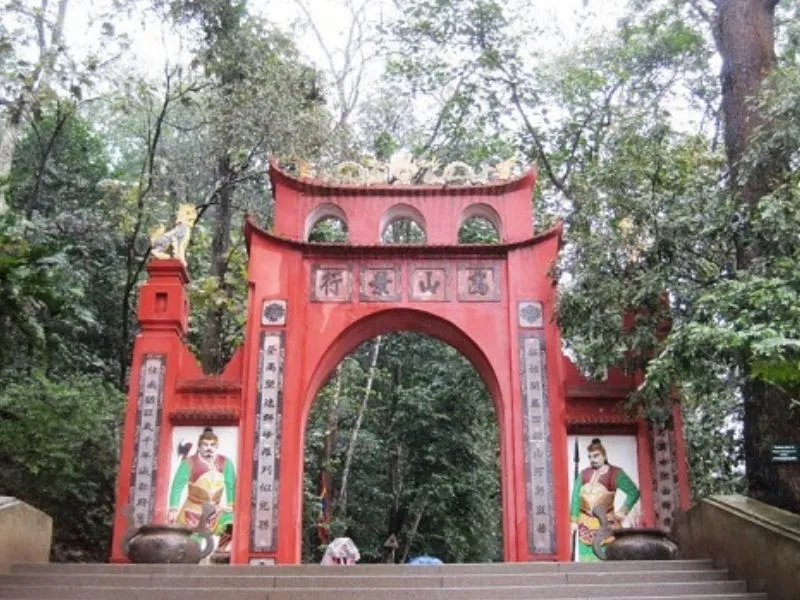
According to historical records, Hung Temple was built during the reign of King Dinh Tien Hoang and completed during the Later Le Dynasty. Every year on the 10th of the third lunar month, people from all over the country pilgrimage here to offer incense, commemorate the merits of the Hung Kings, and pray for national peace and prosperity.
Hoan Kiem Lake – Hanoi: Symbol of the Thousand-Year-Old Capital
Located right in the heart of Hanoi, Hoan Kiem Lake (or Ho Guom) is a cultural and historical symbol of the city. The lake is associated with the legend of King Le Loi returning the magical sword to the Golden Turtle in the 15th century after expelling the Ming invaders.
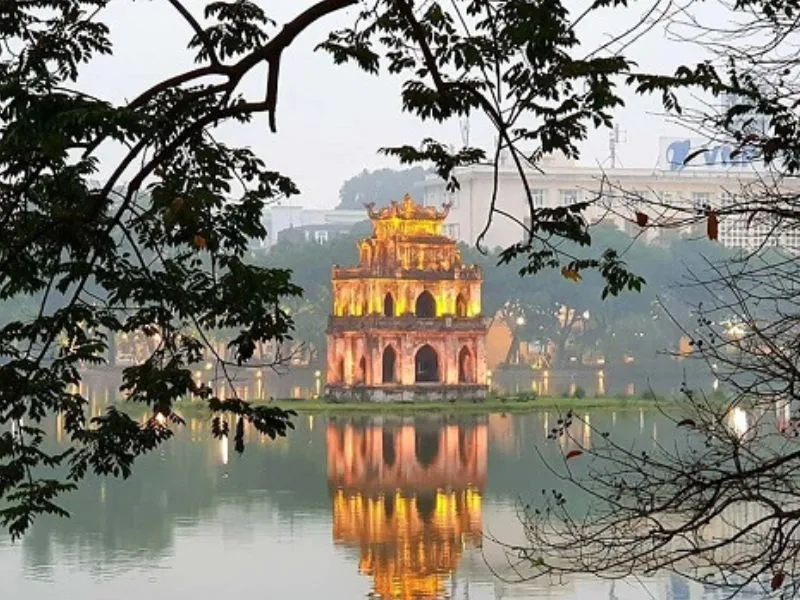
Surrounding Hoan Kiem Lake is a pedestrian space where locals and tourists relax, exercise, and sightsee. On weekends, this area becomes bustling with cultural and artistic activities. Near Hoan Kiem Lake, there are also many other famous attractions such as the Old Quarter and Hanoi Cathedral, attracting a large number of tourists.
Hoa Lu Ancient Capital – Ninh Binh: The First Capital of Dai Co Viet State
Visiting Ninh Binh, you cannot miss Hoa Lu Ancient Capital, the first capital of the Dai Co Viet state under the Dinh, Tien Le, and Ly dynasties. This place was built on a land of “spiritual energy and talented people,” surrounded by rugged mountains, favorable for defense.
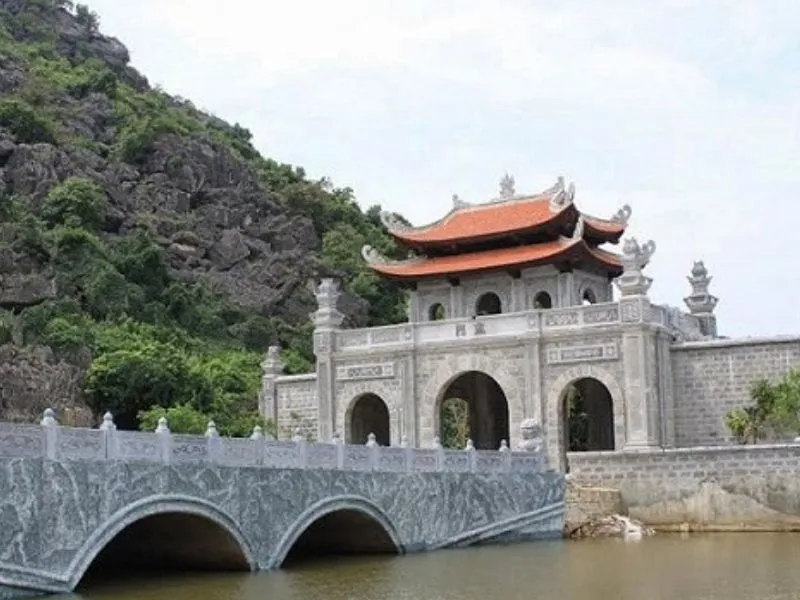
Hoa Lu Ancient Capital is not only an important historical site but also an attractive tourist destination, attracting visitors with its ancient, serene beauty and heroic historical stories.
Co Loa Citadel – Dong Anh: Testimony to the Au Lac Dynasty
Co Loa Citadel, located in Dong Anh, Hanoi, is one of the oldest historical sites in Vietnam. The citadel was built in the 3rd century BC during the reign of King An Duong Vuong, the capital of the Au Lac state. With its unique spiral architecture, Co Loa Citadel is not only a solid military structure but also a symbol of the brilliant Dong Son civilization.
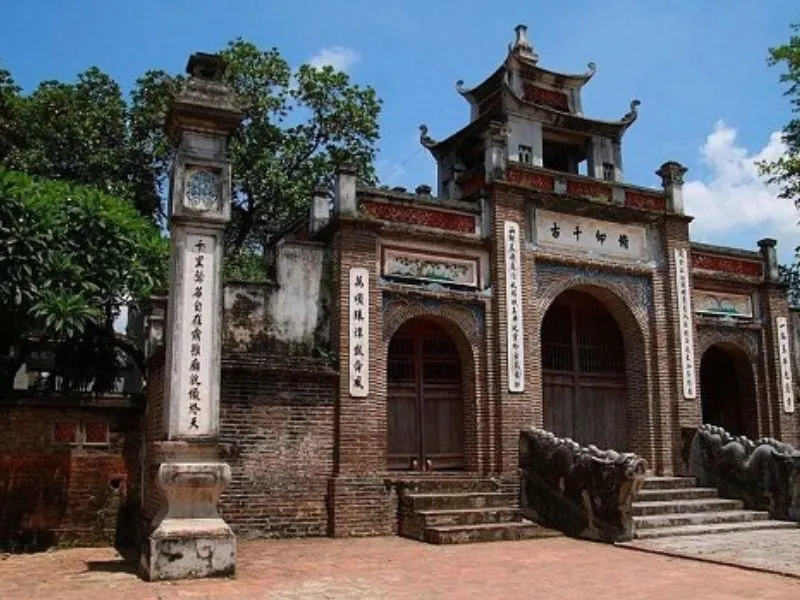
Every year, on the 6th day of the first lunar month, the Co Loa festival is held to commemorate the merits of An Duong Vuong and recall the heroic pages of the nation’s history.
Dien Bien Phu – Dien Bien: Earth-Shaking Heroic Epic
Dien Bien Phu is a historical place associated with the resounding victory of the Vietnamese army and people against the French colonialists in 1954. The Dien Bien Phu victory was not only a bright milestone in the nation’s history but also an event of international significance, contributing to the national liberation movement worldwide.
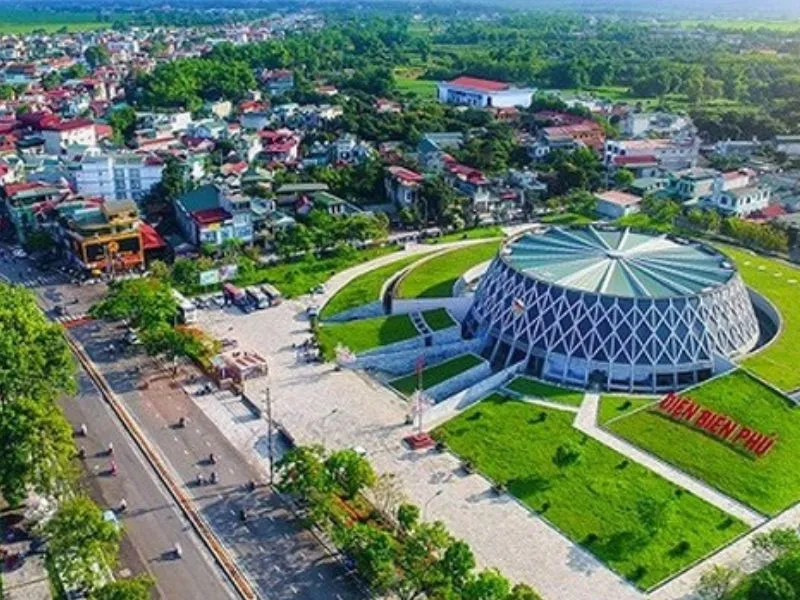
Today, Dien Bien Phu has become an attractive historical tourist destination, attracting visitors to visit relics such as Hill A1, De Castries bunker, and the Dien Bien Phu Museum.
Dong Nhan Temple – Hanoi: Remembering the Heroic Trung Sisters
Dong Nhan Temple, located in Hanoi, is dedicated to the two national heroines, Trung Trac and Trung Nhi. The Trung Sisters led an uprising against the domination of the Eastern Han Dynasty in the first century AD, establishing an autonomous government for a short period.
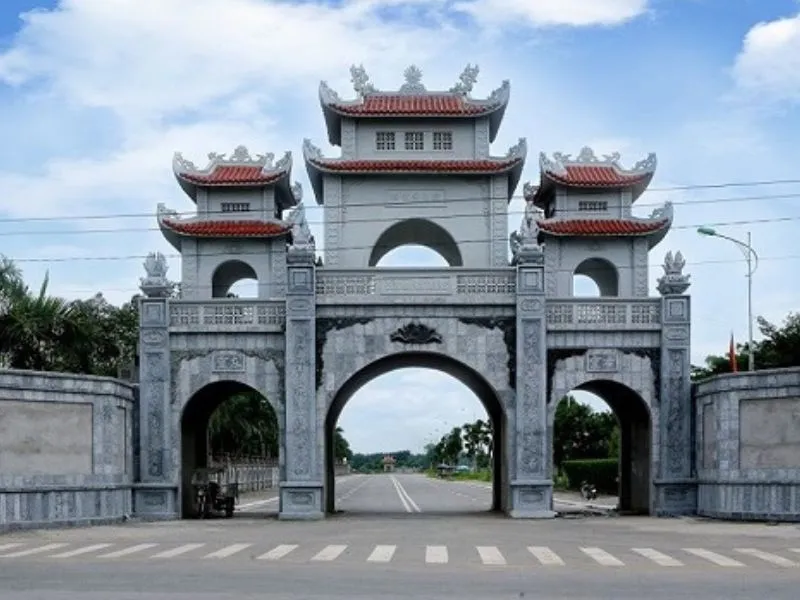
Dong Nhan Temple is a sacred place where people come to offer incense, commemorate the merits of the Trung Sisters, and pray for peace and happiness.
Temple of Literature – Quoc Tu Giam – Hanoi: Vietnam’s First University
The Temple of Literature – Quoc Tu Giam is a famous historical and cultural relic of Hanoi. The Temple of Literature was built in 1070 to worship Confucius, while Quoc Tu Giam was Vietnam’s first university, established in 1076.
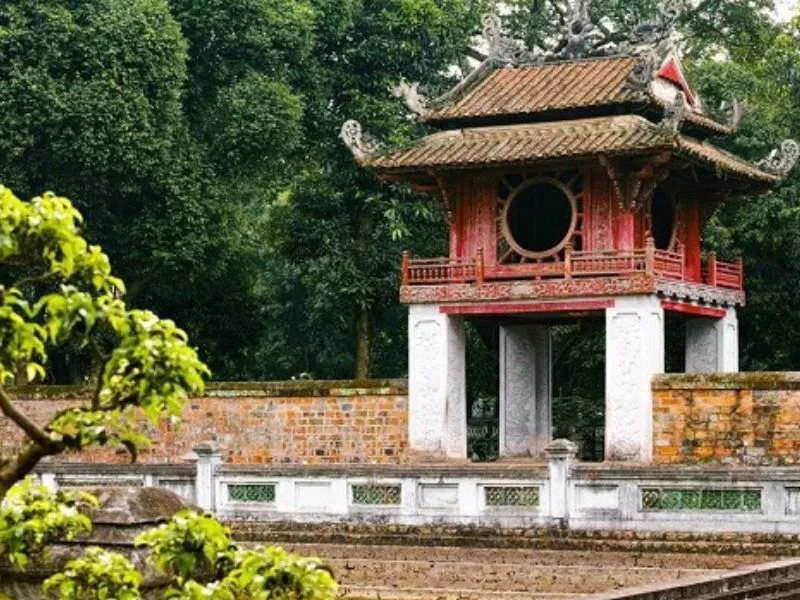
Today, the Temple of Literature – Quoc Tu Giam is an attractive tourist destination, attracting visitors to explore and learn about the history of education in Vietnam and pray for good luck in studying and exams.
Complex of Hue Monuments – Hue: World Cultural Heritage
The Complex of Hue Monuments is a UNESCO World Heritage Site recognized in 1993. The Citadel of Hue was built under the Nguyen Dynasty, from the early 19th century to the early 20th century, including architectural works such as the Imperial City, the Forbidden Purple City, the tombs of the Nguyen emperors, and many other temples and shrines.
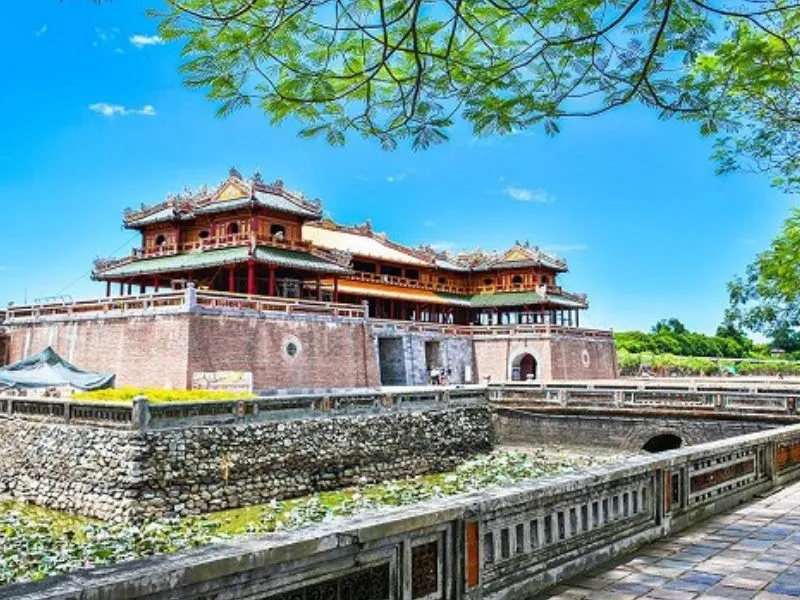
The Complex of Hue Monuments is not only a testament to the development of Vietnamese palace architecture but also an important cultural and historical center of the country.
Ho Citadel – Thanh Hoa: Masterpiece of Green Stone Architecture
Ho Citadel, also known as Tay Do Citadel, was built in 1397 under the Ho Quy Ly Dynasty. The citadel is built entirely of green stone, with a unique construction technique that does not use adhesives.
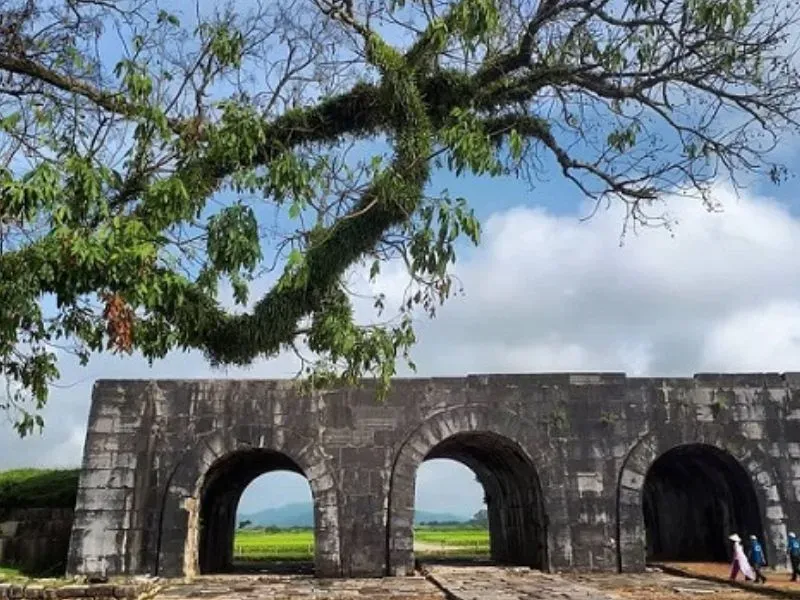
Despite having gone through more than 6 centuries, Ho Citadel still retains its original beauty and was recognized by UNESCO as a World Heritage Site in 2011.
Ngoc Son Temple – Hanoi: Pearl in the Heart of Hoan Kiem Lake
Ngoc Son Temple is located on Ngoc Islet in the middle of Hoan Kiem Lake, a famous historical and cultural relic of Hanoi. The temple worships Van Xuong De Quan, Tran Hung Dao, and La Dong Tan.
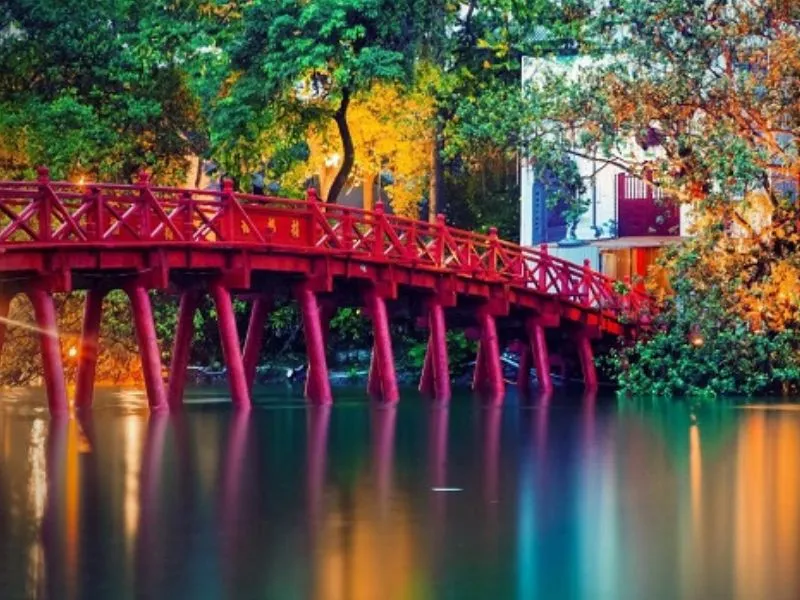
The red-lacquered The Huc Bridge is a symbol of Ngoc Son Temple, attracting many tourists to visit and take photos.
Independence Palace – Ho Chi Minh City: Witness to the Day of Reunification
Independence Palace, also known as Reunification Palace, is an important historical site in Ho Chi Minh City. This place was once the residence and working place of the President of the Republic of Vietnam.
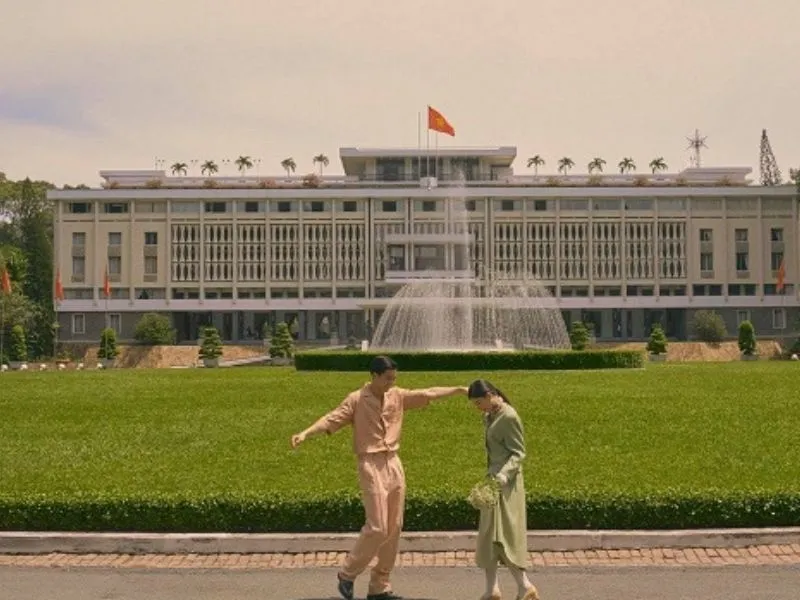
On April 30, 1975, tanks of the South Vietnam Liberation Army entered Independence Palace, marking the event of national reunification.
Truc Lam Yen Tu Monastery – Quang Ninh: Cradle of Truc Lam Buddhism
Truc Lam Yen Tu Monastery, also known as Lan Pagoda, is an ancient pagoda located on Yen Tu Mountain, Quang Ninh. This place is considered the cradle of Truc Lam Buddhism, a unique Zen Buddhist sect of Vietnam.
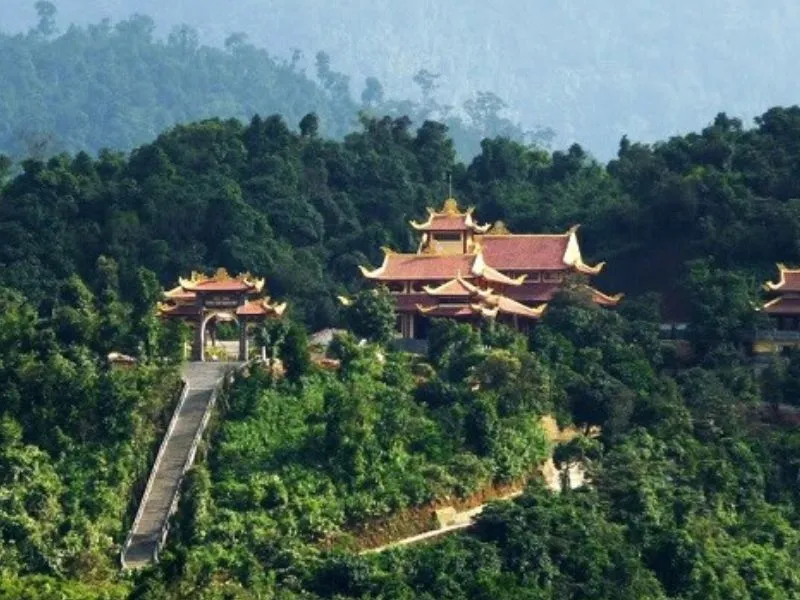
Visitors to Yen Tu can hike or take a cable car to reach the pagoda, worship, and enjoy the peaceful atmosphere of the mountains and forests.
These historical sites are not only ancient architectural works but also living witnesses of the nation’s history. They are heroic pages of history, stories of patriotism, resilience, and the peace-loving spirit of the Vietnamese people. Come and explore these sites to learn more about the history and culture of the country, to love and be proud of the Vietnamese nation even more.